Suffering, craving, and the brain’s reward system
At the core of Siddhartha Gautama’s teachings lies the diagnosis that craving (taṇhā) is the origin of suffering (dukkha). This insight, articulated in the Four Noble Truths, portrays human dissatisfaction as arising from attachment to transient pleasures, possessions, and identities. Modern neuroscience, particularly research into the brain’s reward system, provides a strikingly parallel narrative: the biological mechanisms that evolved to promote survival through seeking rewards can also entrap individuals in cycles of craving and dissatisfaction. In this post, we explore the convergence between Buddhist psychology and the neurobiology of craving, highlighting how an understanding of the brain’s reward system deepens our grasp of suffering and points toward practical avenues for liberation.
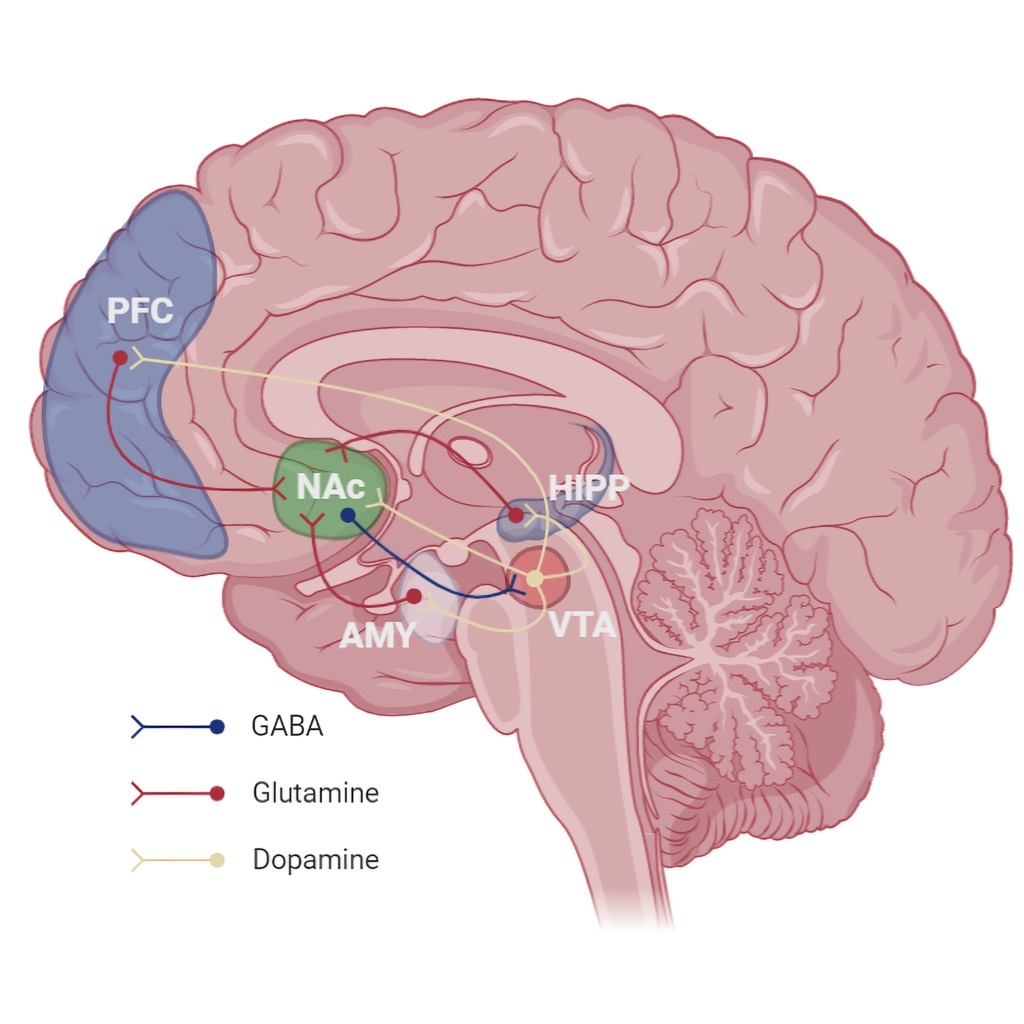
Diagram showing some of the key components of the mesocorticolimbic (“reward”) circuit. Includes dopaminergic, GABA-ergic, and Glutaminergic pathways between the ventral tegmental area, nucleus accumbens, prefrontal cortex, amygdala and hippocampus. Source: Wikimedia Commonsꜛ (license: CC BY-SA 4.0).
The brain’s reward system: An overview
The brain’s reward system involves a network of subcortical and cortical structures that collectively regulate reinforcement learning, motivation, and the attribution of salience to internal and external stimuli. Beyond the classical ventral tegmental area (VTA), nucleus accumbens (NAc), prefrontal cortex (PFC), and amygdala, contemporary models include the dorsal striatum, hippocampus, insula, and orbitofrontal cortex (OFC) as integral components. Central to this architecture is dopamine, a neuromodulator long mischaracterised as a “pleasure chemical” but today understood primarily as a carrier of reward prediction errors and a regulator of incentive salience (Schultz, 2015). Dopamine signals do not generate pleasure directly; rather, they modify expectations, update learning, and exert control over motivational priorities.
Dopaminergic neurons in the VTA send dense projections to the NAc, dorsal striatum, and PFC, forming the mesolimbic and mesocortical pathways that govern reinforcement, habit formation, decision making, and motivational drive. These neurons exhibit characteristic phasic bursts when outcomes exceed expectations and brief pauses when outcomes fall short. This computational mechanism, formalised in reinforcement learning theory, trains the organism to pursue cues associated with predicted rewards while discouraging actions linked to disappointing outcomes.
Importantly, converging evidence demonstrates that dopamine release correlates more strongly with the anticipation or prediction of reward than with the hedonic experience of receiving it (Berridge & Kringelbach, 2015). This observation anchors the influential “wanting” versus “liking” distinction: wanting reflects dopaminergic incentive salience, whereas liking depends on discrete hedonic hotspots in the ventral pallidum and nucleus accumbens mediated by opioid and endocannabinoid systems.
This asymmetry is central to understanding the neurobiology of craving and explains how wanting can escalate even when liking diminishes. Organisms may therefore pursue rewards with increasing urgency despite obtaining little pleasure from them, a dynamic that underlies addiction and resonates with the Buddhist analysis of craving as a self-perpetuating force disconnected from genuine satisfaction. critical element in the neurobiology of craving.
Craving and dissatisfaction: A neurobiological perspective
Buddhism identifies taṇhā, thirst or craving, as the driving force behind suffering. Neurobiology mirrors this diagnosis: the brain’s reward system, designed to motivate action, can foster compulsive seeking behaviors that ultimately fail to deliver lasting satisfaction.
Berridge and Robinson’s (1998) “incentive sensitization theory” proposes that repeated exposure to rewarding stimuli (e.g., drugs, food, social approval) sensitizes the neural circuits of “wanting”, even as the “liking”, i.e., the actual hedonic experience, diminishes. Thus, individuals may find themselves caught in a cycle of desiring without fulfillment, an endless pursuit akin to the Buddhist description of dukkha.
Furthermore, functional imaging studies reveal that craving activates not only the reward circuits but also the insula and orbitofrontal cortex, regions involved in interoceptive awareness and value evaluation (Naqvi & Bechara, 2009). This network underlies the intense subjective feeling of “needing” something, often independent of rational assessment.
Mindfulness, reward regulation, and freedom from craving
Given the parallels between Buddhist analysis and neurobiology, it is unsurprising that mindfulness-based interventions have been shown to modulate activity in the brain’s reward system. For example, mindfulness training has been associated with reduced activation in the striatum during exposure to reward-related cues (Kirk et al., 2016). These changes are thought to reflect increased capacity for non-reactive awareness and decreased habitual responding.
Mindfulness fosters a decoupling of the automatic link between stimulus and craving. By observing sensations, thoughts, and emotions without immediately reacting, practitioners learn to disrupt the cycle of craving at its earliest stages. This process corresponds closely to the Buddhist practice of satipaṭṭhāna (foundations of mindfulness), wherein awareness is directed toward bodily sensations, feelings, and mental states to understand their impermanent and non-self nature.
Long-term meditation practitioners also show structural changes in brain areas associated with emotional regulation and cognitive control, such as the anterior cingulate cortex and prefrontal cortex (Tang et al., 2015), supporting greater resilience against craving-driven behaviors.
Critical reflections
While the neuroscience of craving substantiates key Buddhist insights, important nuances should be acknowledged. First, craving is not inherently pathological; it is a natural motivational force necessary for survival. Buddhist philosophy does not advocate for the eradication of all desires but distinguishes between wholesome and unwholesome forms of craving.
Second, the reward system is highly plastic, shaped by experience and learning. This plasticity underlies both vulnerability to compulsive behaviors and the possibility of liberation through training. In Buddhism, this training involves ethical conduct (sīla), mental discipline (samādhi), and wisdom (paññā), all of which can be seen as methods for rewiring the brain’s habitual patterns.
Finally, neuroscience tends to adopt a descriptive stance, while Buddhism integrates an ethical and existential dimension, aiming not merely to describe suffering but to transcend it.
Conclusion
The brain’s reward system, while essential for motivating behavior, also harbors the seeds of craving and suffering when left unexamined and unregulated. Buddhist teachings on taṇhā and dukkha find a compelling parallel in the neurobiology of reward and addiction. Mindfulness and related practices offer practical tools for modulating these neural circuits, fostering greater freedom, and reducing the grip of compulsive craving. The dialogue between neuroscience and Buddhism thus illuminates both the mechanisms of suffering and the paths to its cessation.
References and further reading
- Berridge, K. C., & Kringelbach, M. L., Pleasure systems in the brain, 2015, Neuron, 86(3), 646–664, doi: 10.1016/j.neuron.2015.02.018ꜛ
- Berridge, K. C., & Robinson, T. E., What is the role of dopamine in reward: Hedonic impact, reward learning, or incentive salience?, 1998, Brain Research Reviews, 28(3), 309–369, doi: 10.1016/S0165-0173(98)00019-8ꜛ
- Kirk U, Gu X, Sharp C, Hula A, Fonagy P, Montague PR, Mindfulness training increases cooperative decision making in economic exchanges: Evidence from fMRI, 2016, Neuroimage, 138:274-283, doi: 10.1016/j.neuroimage.2016.05.075ꜛ
- Naqvi, N. H., & Bechara, A., The insula and drug addiction: an interoceptive view of pleasure, urges, and decision-making, 2009, Brain Structure and Function, 214(5–6), 435–450, doi: 10.1007/s00429-010-0268-7ꜛ
- Schultz, W., Neuronal reward and decision signals: From theories to data, 2015, Physiological Reviews, 95(3), 853–951, doi: 10.1152/physrev.00023.2014ꜛ
- Tang, Y. Y., Hölzel, B. K., & Posner, M. I., The neuroscience of mindfulness meditation, 2015, Nature Reviews Neuroscience, 16(4), 213–225, doi: 10.1038/nrn3916ꜛ
- Wikipedia article on the brain’s reward systemꜛ
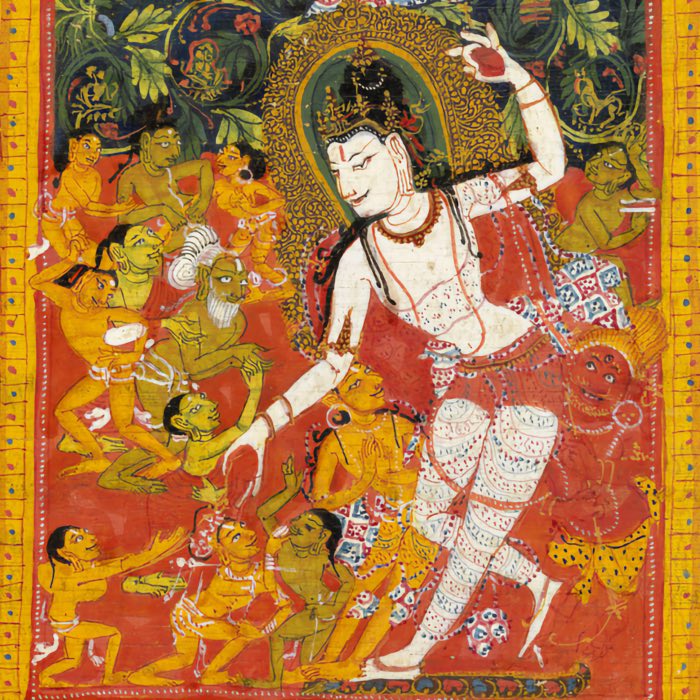


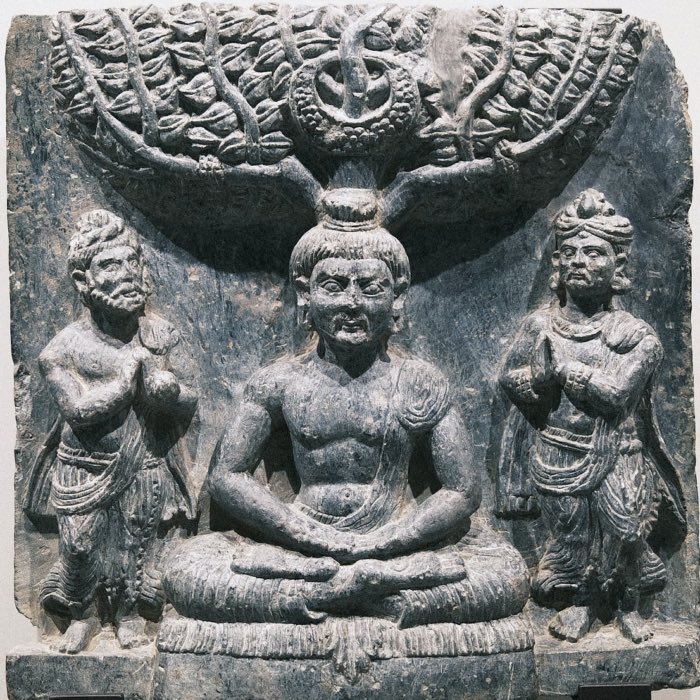

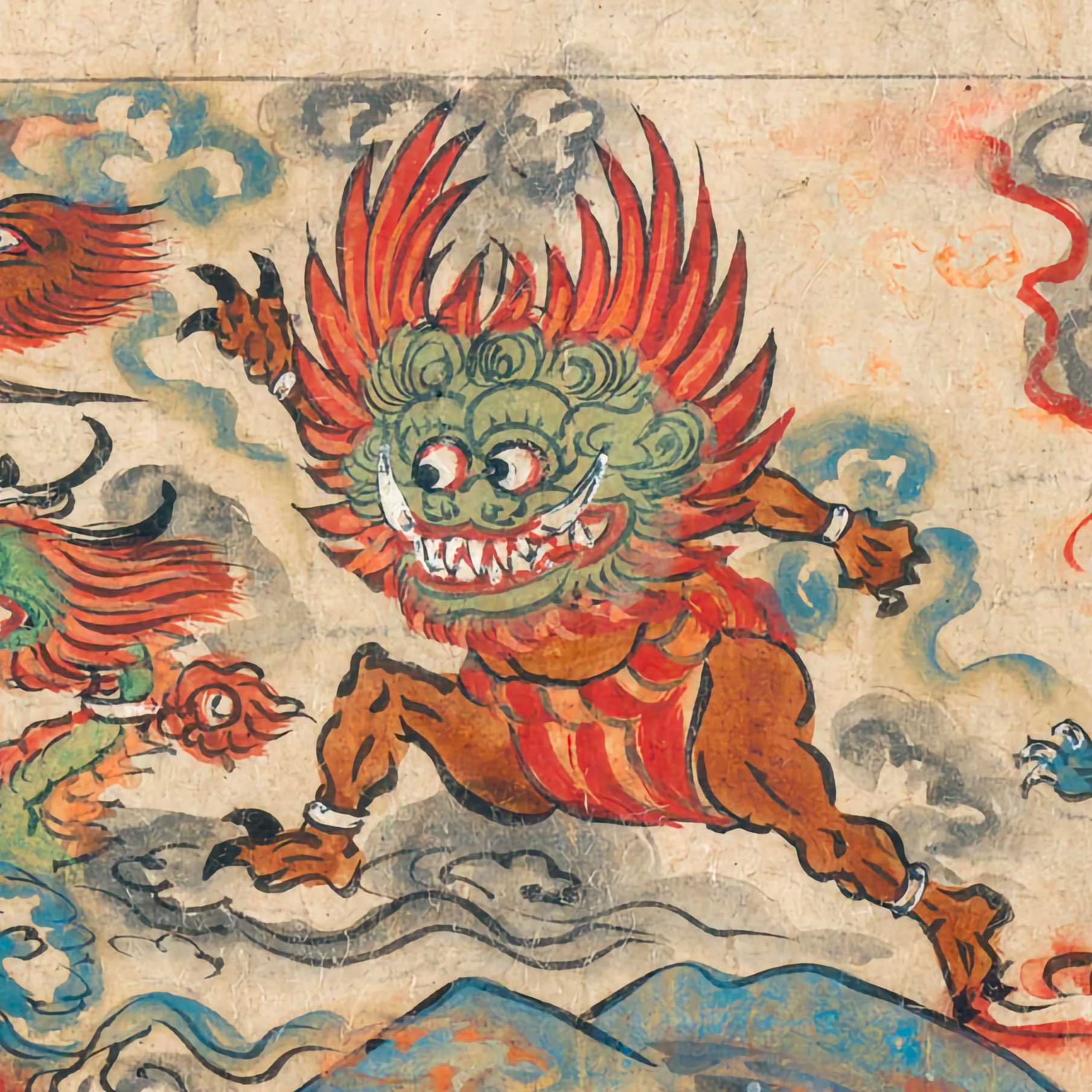

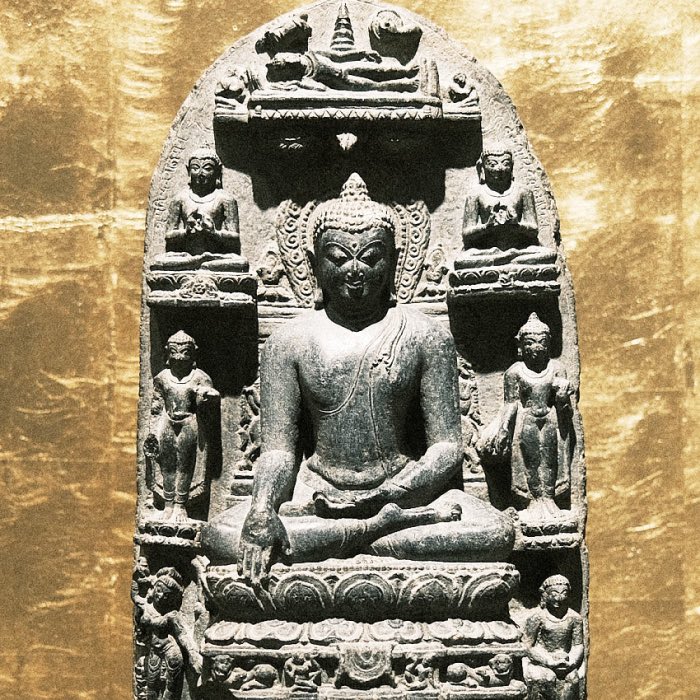
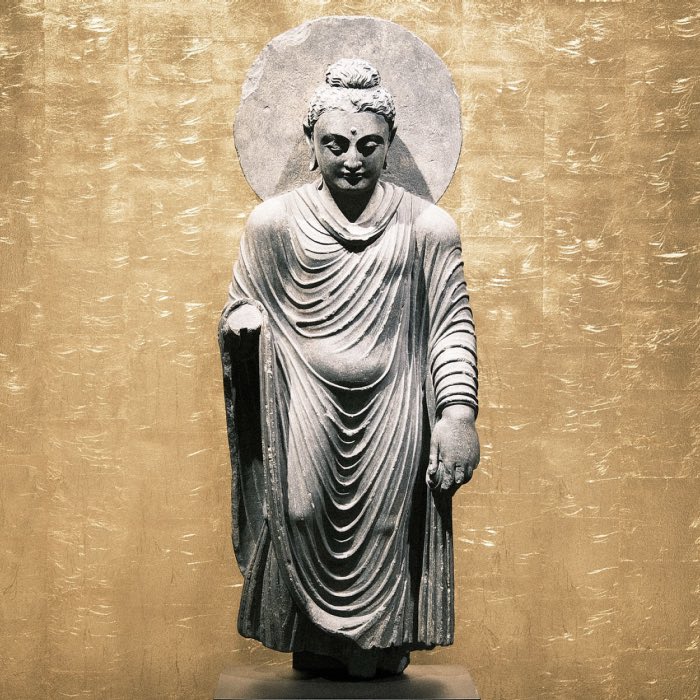

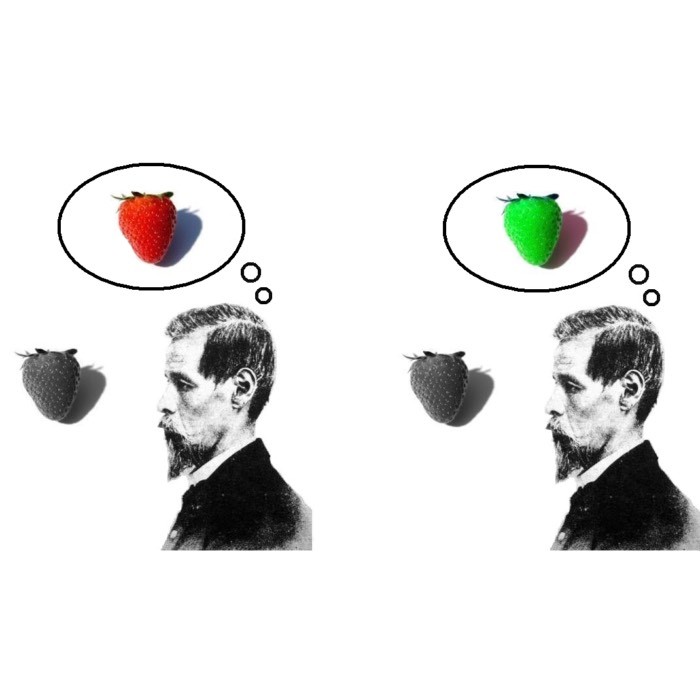

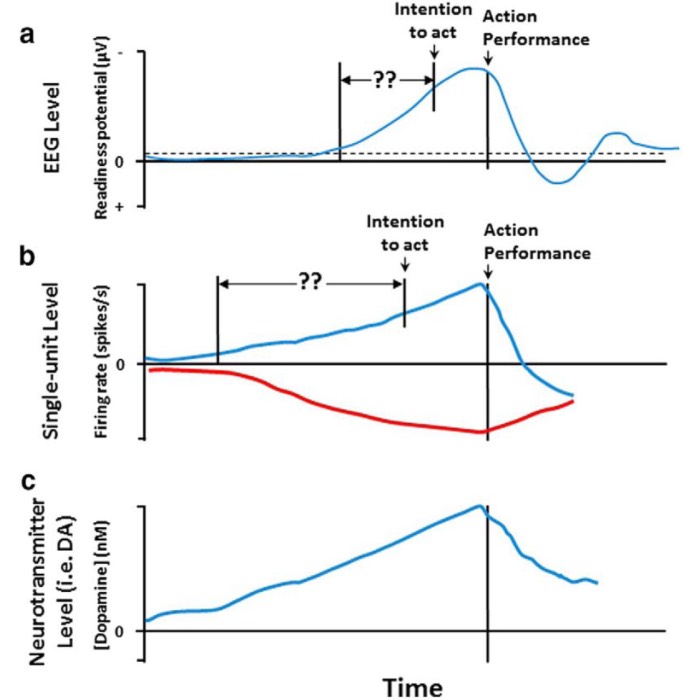

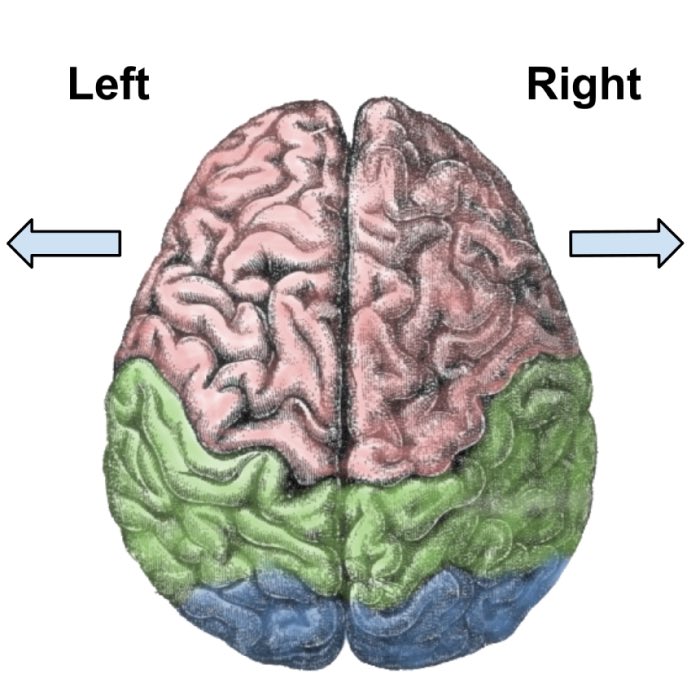
comments